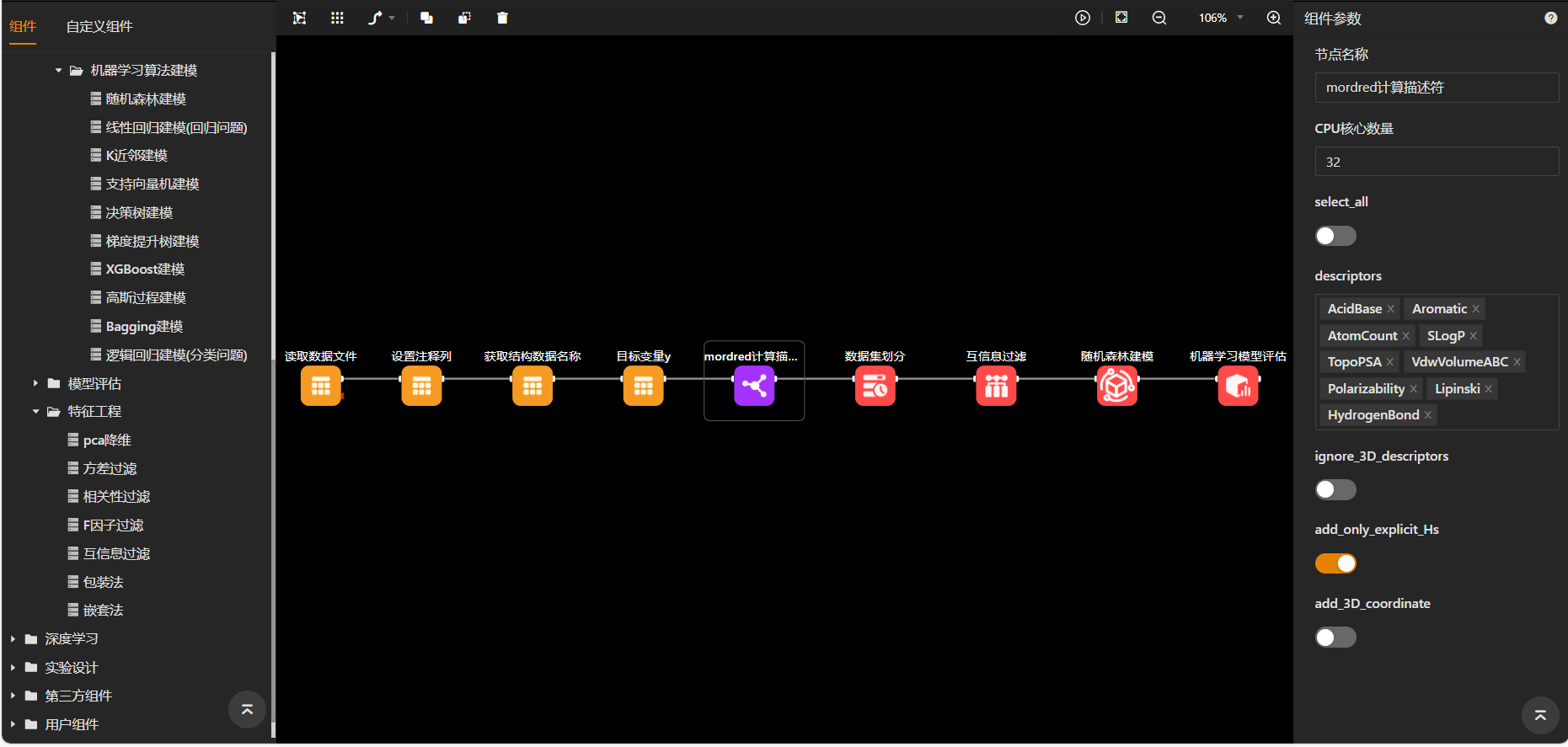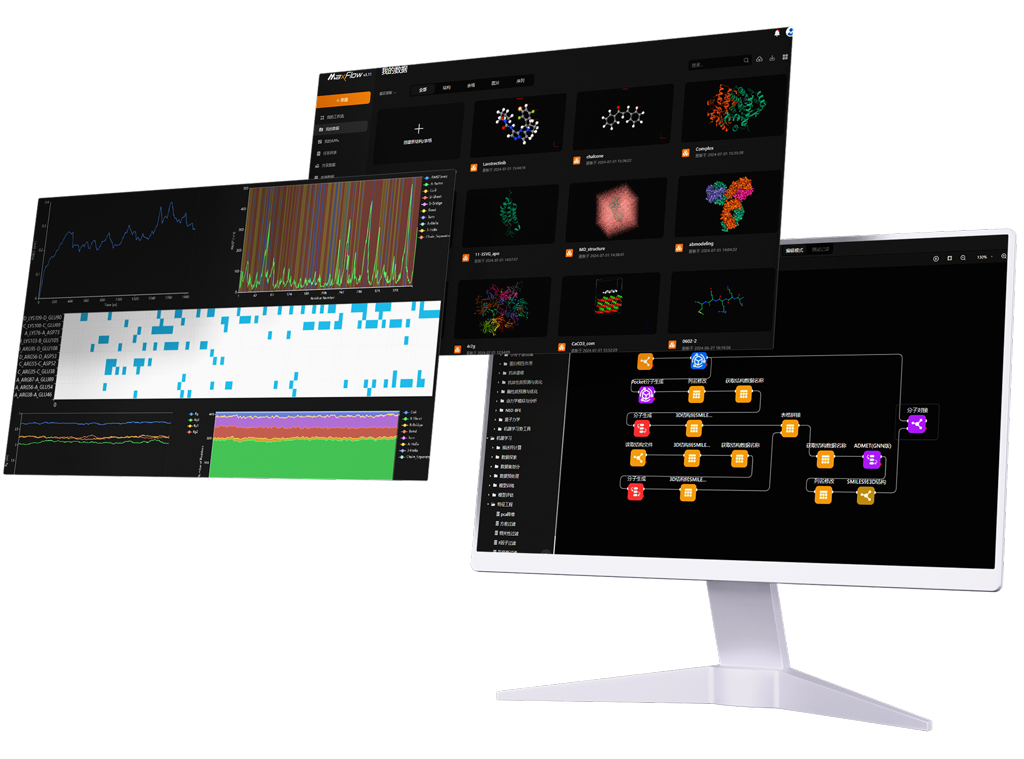
In the realm of drug discovery, a staggering 90% of new pharmaceutical compounds fail during clinical trials, often due to inadequate understanding of their transport properties. This alarming statistic underscores the critical need for advanced methodologies such as molecular dynamics (MD) simulations to predict and optimize these properties effectively.
Click to find more about molecular dynamics simulation in drug discovery.
The Role of Molecular Dynamics Simulation in Understanding Transport Properties
Molecular dynamics simulation serves as a powerful tool in drug discovery by providing insights into the dynamic behavior of molecules at an atomic level. It allows researchers to model how drugs interact with biological membranes and other cellular components, which is essential for assessing their absorption, distribution, metabolism, and excretion (ADME) characteristics. Furthermore, MD simulations can facilitate compliance with regulatory standards concerning environmental safety by predicting how pharmaceuticals behave in various environments before they reach clinical testing.
Scientific Data Contextualization and Regulatory Compliance for Environmental Standards
scientific data contextualization plays a pivotal role in ensuring that molecular dynamics simulations align with regulatory compliance for environmental standards. By integrating experimental data with computational models, we can better understand the potential impact of drug compounds on ecosystems. This approach not only enhances our predictive capabilities but also ensures that all relevant factors—such as solubility and permeability—are considered when evaluating a compound’s environmental footprint. Consequently, this leads to more informed decision-making regarding which candidates advance through the development pipeline.
The Unique Features of Neotrident in Regulatory Compliance for Environmental Standards
Neotrident stands out as an innovative platform designed specifically to address regulatory compliance challenges within drug discovery processes. Its unique algorithms enable seamless integration between molecular dynamics simulations and existing regulatory frameworks. By automating data analysis related to transport properties under varying conditions, Neotrident streamlines the process of demonstrating compliance while simultaneously enhancing our understanding of how drugs will perform environmentally.
Conclusion

Molecular dynamics simulation significantly contributes to drug discovery by elucidating transport properties crucial for both efficacy and safety profiles. The incorporation of scientific data contextualization further strengthens its relevance within regulatory compliance frameworks aimed at protecting environmental standards. As we continue refining these methodologies—exemplified by platforms like Neotrident—we pave the way toward more sustainable practices in pharmaceutical development while minimizing risks associated with new chemical entities entering our ecosystems.

